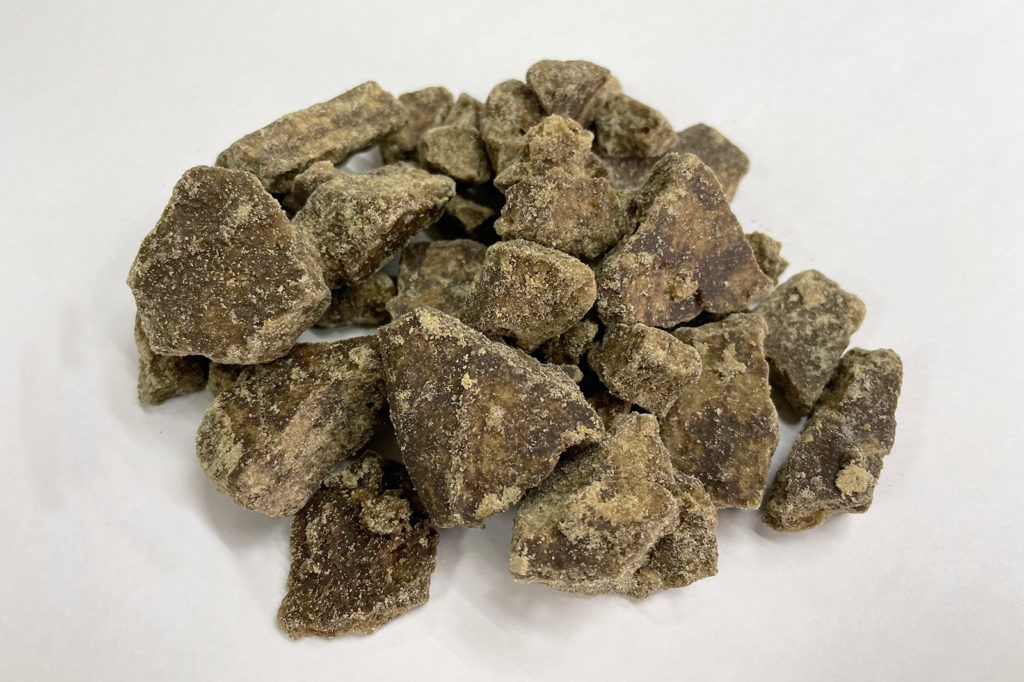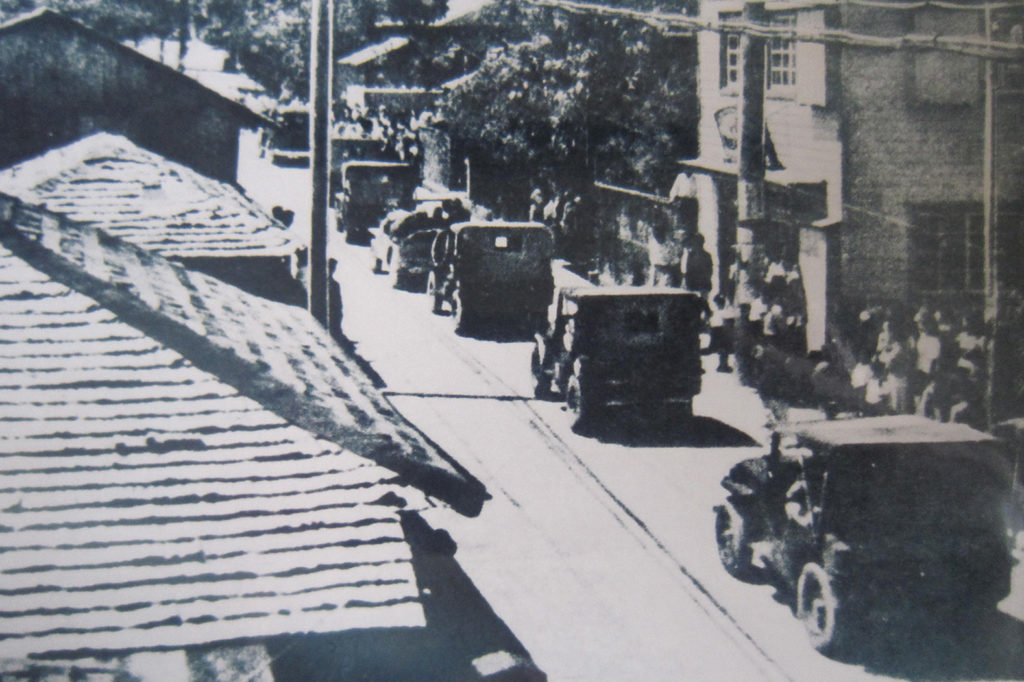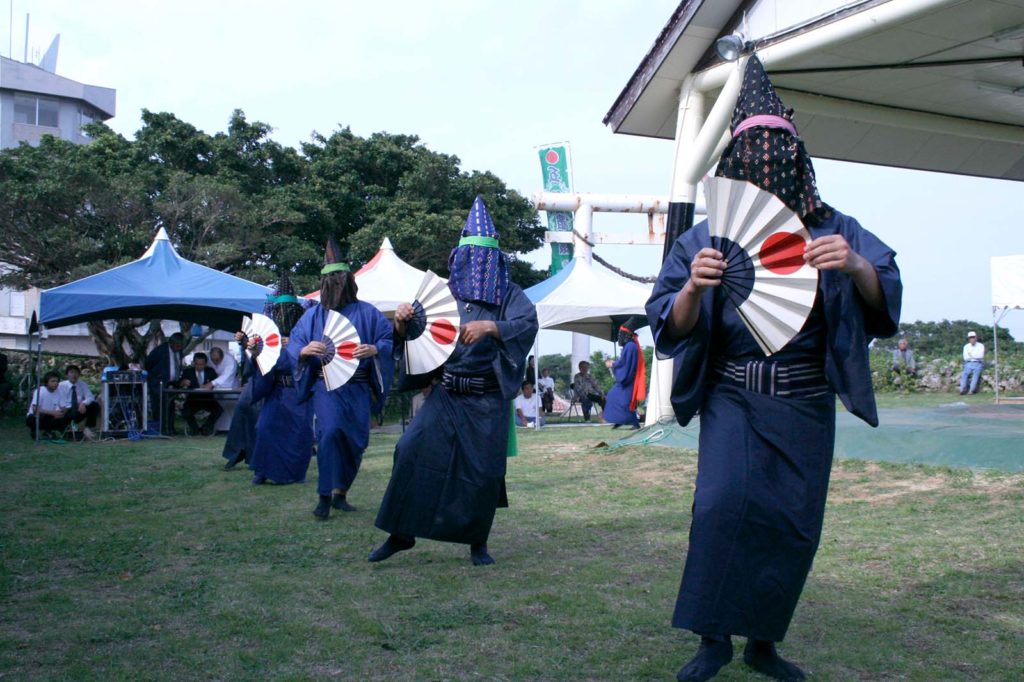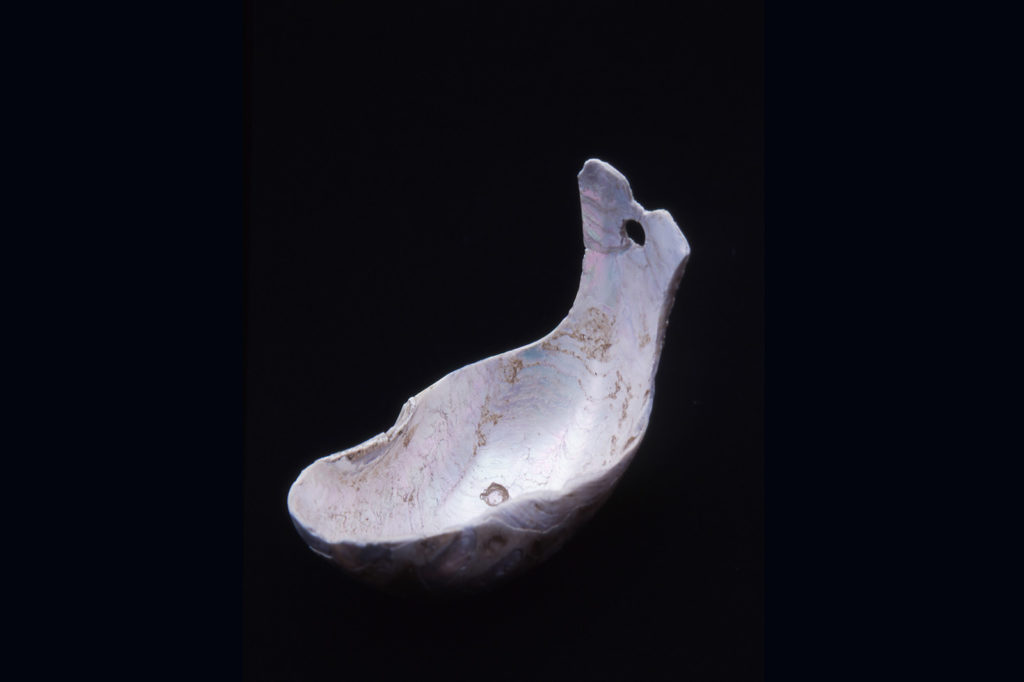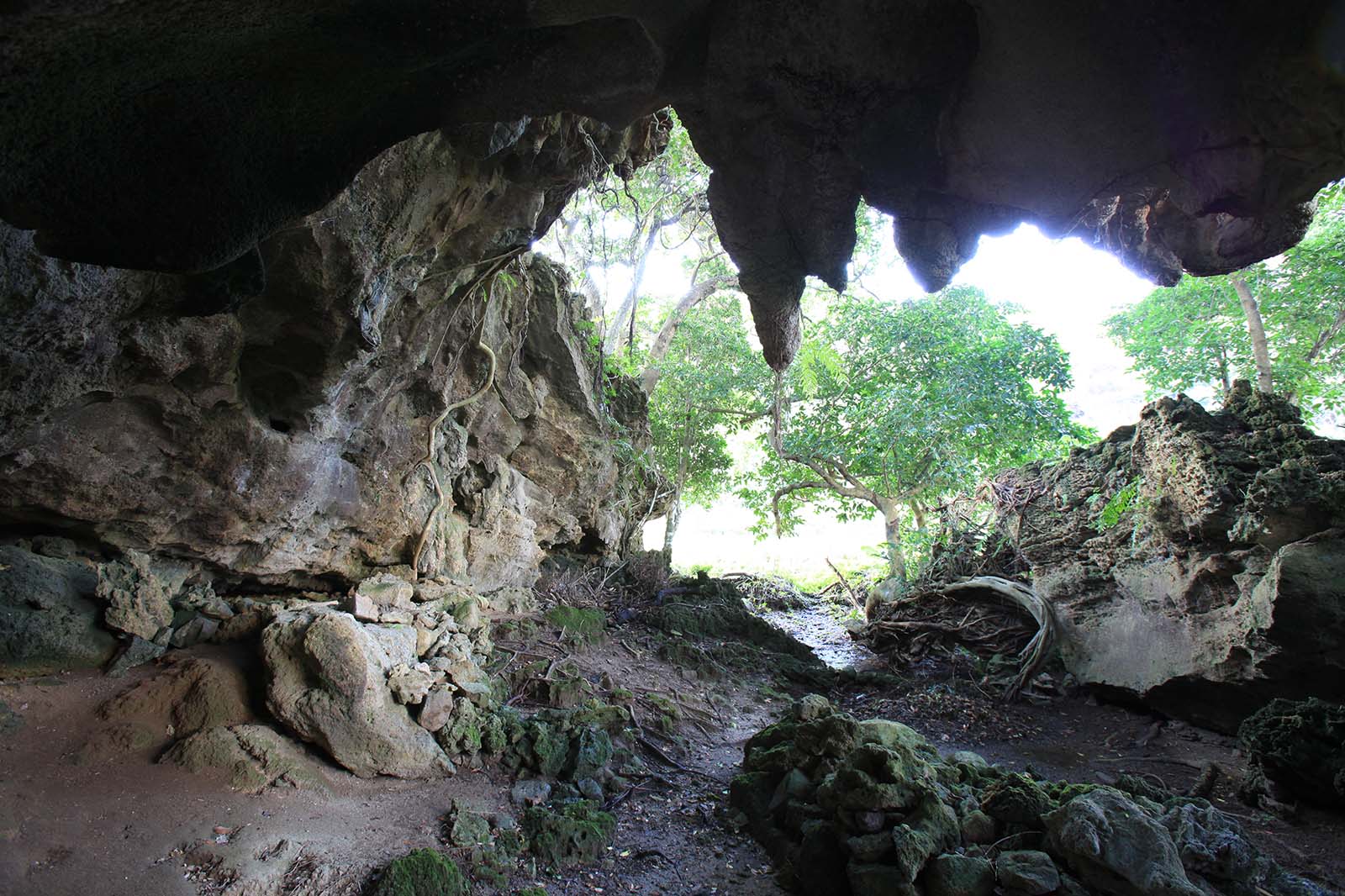
Culture and History
Historical Outline and Importance of the Amami Islands
Time span from the Paleolithic to the Jomon Periods
An excavation and investigation of ruins found in the Ryukyu Islands points clearly to the presence of hunter-gatherers from the Paleolithic era (30,000 years ago) to the Shell Mound era (7,000 to 10,000 years ago). The Amami Islands are no exception, and it has now started to become clear that a hunting-gathering lifestyle continued for a long span of time as farming began in roughly the 11th century, and long-distance trade took place in the Middle Ages around the 12th century.
Compared to other islands of the world, some scholars view the Ryukyu Islands as unusually rare places where people who hunt and gather have been able survive over long stretches of time in islands, which are resource-poor environments.
The Ryukyu Islands are viewed with deep interest because they are the only island group in the world that rapidly pivoted from a longstanding hunting-gathering society to becoming a farming.
Artifacts recently found one after another in the Amami Islands are believed to be from the Paleolithic era and increase the possibility that people were living in the islands during the Paleolithic era. The way the pottery was made is closely related to Kyushu techniques, but no fossilized skeletons of the people who created it have been found, and the roots of the style have not yet been discovered. The next evidence of human lifestyles found after that is dated to the Tsume-Gata Mon (fingernail pattern) Pottery era (7,000 years ago) (*1) discovered at sites like the Iyanya Site in Kasari Town, Amami City, when wild boar seems to have been a primary food source.
Pottery with rather thick geometrical patterns was made during the period that corresponds to the time from the first half to the middle Jomon Period (6,500 to 4,500 years ago). The pieces are believed to have traveled from the west coast of Kyushu Island and dispersed southward. At roughly the time corresponding to the late Jomon Period (4,500 to 3,300 years ago), people were making pottery that resembled woven bamboo baskets and was distinct to the Amami Islands. This pottery is said to have been influenced by the pottery culture of southern Kyushu, but the distinct features of the pottery hint at a unique culture slightly different from that of the Kyushu Islands and Okinawan Islands.
Since the early Jomon period, the people of Amami used sand dunes on the shores to actively use the fish and shellfish that inhabited the coral reefs. This activity formed the economic foundation to support the upcoming era of seashell trade.
※1More recently, pottery potentially even older was discovered and is filling time gaps in researchers’ understanding of the Paleolithic Period.

Iyanya Site (Amami City, Amami Oshima)
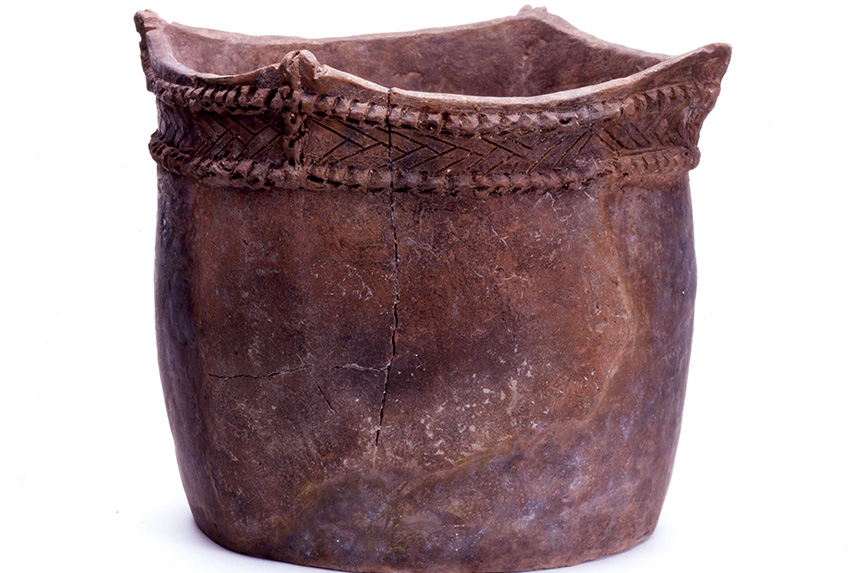
Pottery with distinctive Amami design (Time period equivalent to the late Jomon Period)
Photos / Amami City Museum of History and Folk Heritage
Time span from the Yayoi to the Kofun Periods
Pottery strongly influenced by the Yayoi pottery of the Kyushu Islands was discovered at the Sauchi Site in Kasari Town, Amami City. Known as Yayoi-type pottery, the pieces feature circular arc patterns that evoke flowers on the surface. The time span on Amami that corresponds to the Yayoi Period was one of deep ties to the Kyushu Islands.
The powerful, privileged class of the Kyushu Islands began to adorn themselves with prestigious valuables made from shellfish carried from the faraway Ryukyu Islands (such as sea snails, cone shells, and true limpet shells) to show off their social standing. The Yamato people are believed to have traveled the Black Current southward in search of these shellfish resources, ultimately arriving at the Amami and Okinawan Islands. This is known as the “southern sea shellfish trade” in the archaeology field.
Ryukyu Island shellfish were used in some of the accessories and metal harnesses in this ongoing trade through the Kofun Period. Top shells like the Great Green Turban that inhabit the waters of Yakushima Island southward have been found in shell mounds dating to the 5th century in South Korea, indicating that Yamato expanded shellfish trade to the Korean Peninsula.
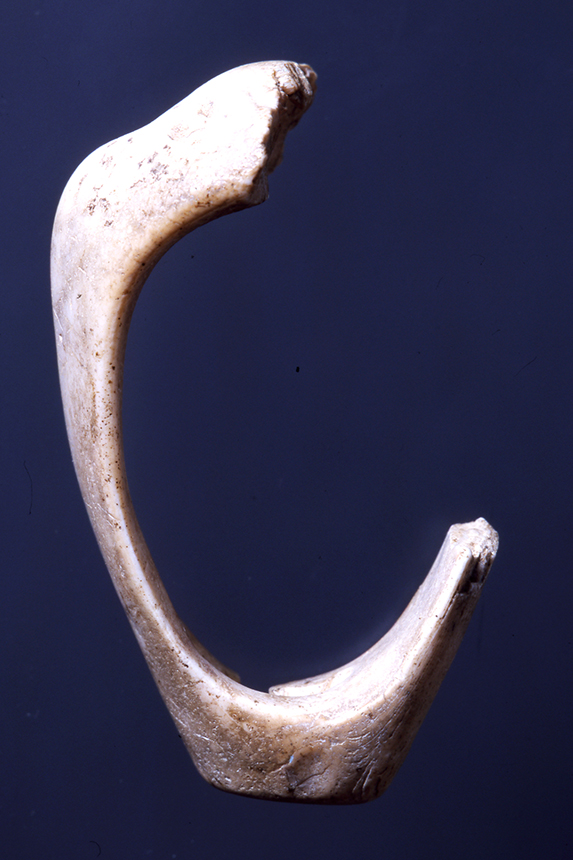
Sea snail bracelet (excavated at Iyanya Site)

Cone shell charm (excavated at Sauchi Site)

True Limpet shell rings

Great Green Turban shell
Photos and text excerpted from HORIZON VOL. 30

